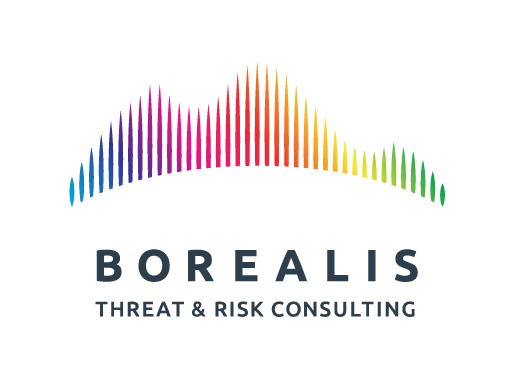This piece first appeared in The Epoch Times Canada on November 24, 2023.
Somewhere over the Rainbow Bridge…
As I and many others have noted, we live in an information age. Events occur and we hear of them almost immediately on our televisions, radios, laptops, and iPhones. What happened is shared instantaneously even if the data is partial, uncorroborated, or still being collected.
Parallel to this, we are also told what it all means, what the implications are, why we should care, and what we need to do about it (if anything). In light of the alacrity of the delivery of the information, these assessments are often wrong, or at least incomplete. I term this “instant analysis.” And it is a problem, especially when it comes to (perceived) acts of violence.
Take the explosion at the Rainbow Bridge spanning the U.S. and Canada near Buffalo, NY, on Nov. 22. A car hit a U.S. Customs and Border Protection post and a spectacular fireball ensued, black smoke billowing into the sky. The US-Canada border in the area was immediately closed as were local airports.
The reason for this harsh reaction was simple: someone uttered the ‘T’ word—terrorism. The crash appeared to some as deliberate in nature and in an era where terrorism, especially the vehicular version, is all too common, that assessment was indeed one possibility. That it occurred at a border crossing only made it seem worse.
Except that it was soon established that this was not an act of terrorism. It was not tied to some cause—ideological, political, or religious—and did not seem to be an intentional targeting of a U.S. government agency. What exactly it was (accident, loss of control of the car, etc.) is yet to be determined.
This did not stop some networks from immediately labelling it an act of terrorism and rolling out all manner of “experts” to chime in on what brand of violent extremism was behind it. Not surprisingly, Islamist terrorism (jihadis in other words) topped the list. At this juncture, all the “experts” were wrong. (I did several TV and radio interviews for Canadian media but was much more cautious in adopting a position on what it all meant.)
In some ways, the incident/Islamist terrorism nexus was understandable. Feelings are raw over the situation in Gaza, and anti-Semitic crimes in Canada and the United States are peaking. New York City was under a heightened terrorism watch at the time. Jihadi groups have been calling for action to punish Israel and its backers, of which the United States is obviously one, for retaliatory action. In other words, it was not outlandish to make the connection.
What, though, does this affair teach us? Several things come to mind.
Firstly, it takes time to establish what exactly transpired, let alone determine a motive behind the act. Law enforcement and security intelligence agencies require that time to go over what is known, check their databases for any correlations, liaise with partners (luckily, Canadian and U.S. security organizations work hand in glove on these matters), eliminate possibilities—of which there are many—and make responsible public statements. Feeding inaccurate or doubtful hypotheses to the masses can lead to unwanted reactions.
Secondly, we need to keep our biases in check. Yes, jihadi terrorism is by far the greatest threat globally, but it is not the only one. We in North America have been beset by far right, far left, First Nation extremists, and other acts of extremist violence, and in the immediate aftermath of an event of this nature all possibilities have to be considered.
Thirdly, and perhaps most importantly, terrorism is rare, at least in North America. Elsewhere, Africa and Asia for example, terrorism is a weekly if not daily scourge. Here was are not subject to anywhere near the same levels of this form of ideological violence. Best to remember that.
While we are blessed with information feeds at volumes unprecedented in human history, maybe the average consumer can learn some lessons from intelligence approaches to data gathering and assessment. Who is the source of the information? Can the data be corroborated by other, independent sources? Does the source have an agenda he is trying to impose? Has some of the footage been adulterated? (I have seen cases of photos used to support one story having been lifted from a completely separate one.) What are partner media/agencies saying on the incident? Is the analysis offered well-established and does it fit a pattern?
At the same time, things can change as more facts come in. We still do not know why the car flew through the air and exploded, or what those in the vehicle were doing. Now that the story is “yesterday’s news” and we have all moved on we may never know.
From a Canadian angle, one thing is clear. Any link to Canada in the event of an actual terrorist attack would have been catastrophic. Our borders with the United States are our lifeline, and a suspicion that Canada is not doing enough to prevent actors crossing into America to carry out action would have serious implications. I recall the so-called “Millennium bomber” Ahmed Ressam who in 1999 tried to enter the United States on his way to Los Angeles to initiate an attack. Had he succeeded, our U.S. allies would have asked us some very pointed questions regarding our capabilities.
A word to the wise: best to reserve judgment before coming down definitively on the meaning of any given thing. Judy Garland may have sung “Somewhere over the rainbow” but that does not mean she had terrorism in mind!

